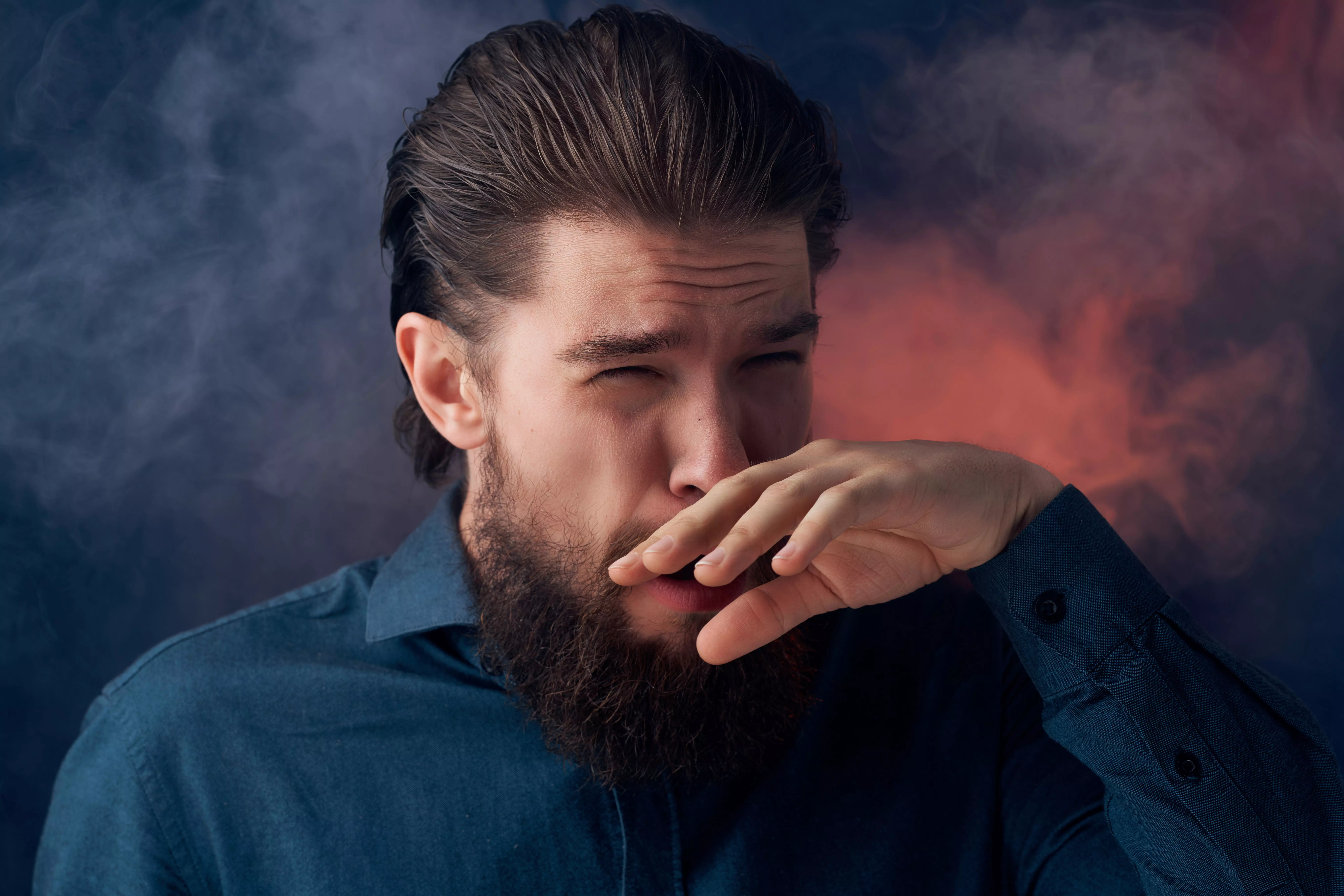Passive smoking risk groups: Why are some at higher risk?
Passive smoke, also known as secondhand smoke or ambient smoke, is smoke that is inhaled by non-smokers who are in the vicinity of tobacco smokers. Secondhand smoke contains hundreds of toxic compounds, including many known carcinogens, and poses a serious health risk. What's more, certain groups of people are more exposed to secondhand smoke and suffer greater health risks. Let's take a closer look at who is most vulnerable to the effects of secondhand smoke.
Children
Children are one of the groups most vulnerable to secondhand smoke, mainly because they are often exposed to tobacco smoke in their homes. Their respiratory systems are still developing and their breathing is faster, meaning they inhale more smoke per kilogram of body weight than adults inhaling the same smoke. Exposure to secondhand smoke has been linked to a number of health problems in children, including sudden crib death syndrome, ear infections, asthma, respiratory infections and neurobehavioral problems.
Elderly people
The elderly are also more vulnerable to the harmful effects of secondhand smoke. Many elderly people suffer from chronic conditions such as heart disease, cancer and lung disease, which can be worsened by exposure to secondhand smoke. In addition, older people may spend more time at home, where they may be exposed to secondhand smoke if they live with smokers.

People with chronic diseases
People with chronic diseases, such as asthma, COPD, heart disease or diabetes, are more vulnerable to the harmful effects of secondhand smoke. Secondhand smoke can worsen these diseases, leading to exacerbations, worsening overall health and increasing the risk of hospitalization.
Food service workers
Employees who work in places where smoking is permitted, such as bars, restaurants and casinos, are at risk of regular and prolonged exposure to secondhand smoke. Exposure to secondhand smoke at the workplace is linked to an increased risk of heart disease and other health problems.
Summary
Secondhand smoke poses a serious threat to public health. Although everyone who is exposed to secondhand smoke is at risk, certain groups, including children, the elderly, people with chronic illnesses and workers in certain industries, are particularly vulnerable. Recognizing these risk groups is key to developing effective strategies to prevent and reduce exposure to secondhand smoke.
 smokefreeamericas.org
smokefreeamericas.org smokefreeamericas.org
smokefreeamericas.org